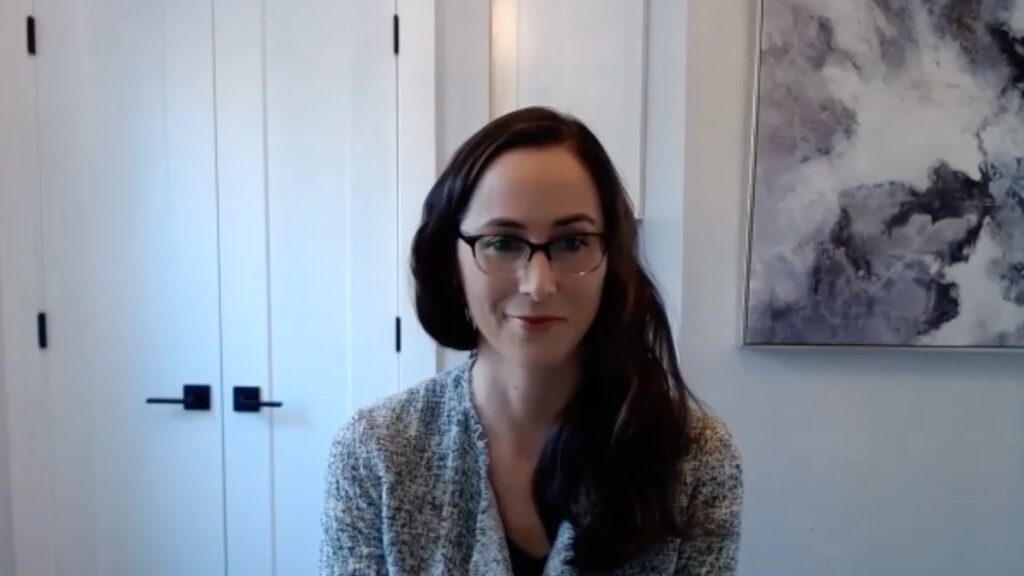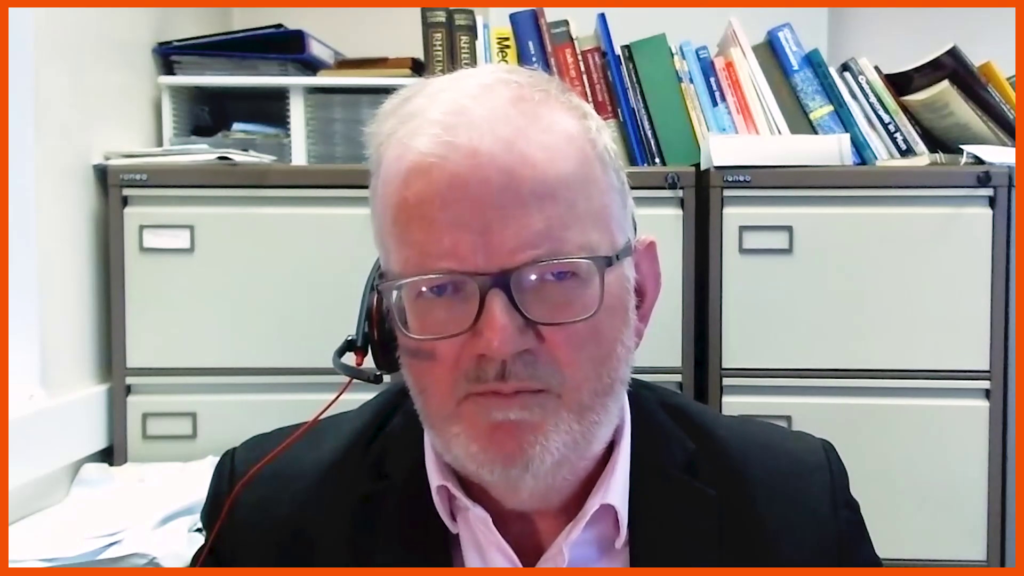Bone Disorders
An Introduction to Bone Disorders
Osteoporosis medications aim to markedly reduce the occurrence of fractures but can have rare and serious adverse effects. The introduction of new drug classes, including an anti-sclerostin monoclonal antibody and a parathyroid hormone-related peptide analogue, into the treatment landscape, offers new options to patients. The potential for cell-based therapies and drugs that target the elimination of senescent cells in the bone microenvironment are currently being investigated.
Browse our gallery of video highlights and short articles from the conference hub, providing the latest expert insights from major conferences and peer-reviewed articles from the journal portfolio.
Our supporting partners do not constitute an endorsement of the content on this page.

Physician burnout is at a critical point. In this episode, Nicky speaks with Dr Alfred Atanda about why so many physicians are burning out and what can be done to change the trend. From personal experience to system-wide solutions, Dr Atanda shares valuable insights on improving physician well-being and building a more effective healthcare culture.
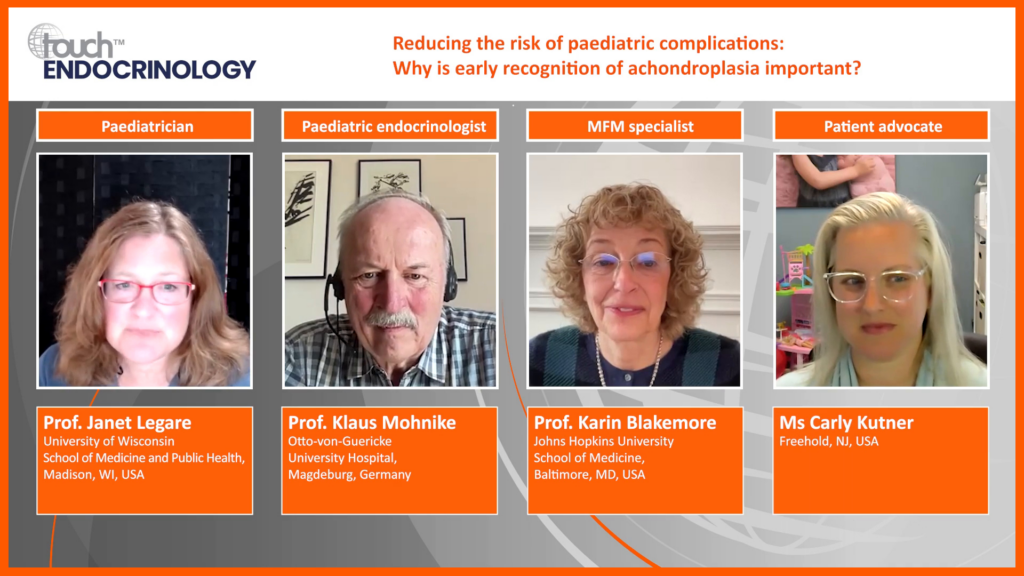
A multidisciplinary team and a patient advocate discuss the importance of diagnosis, monitoring, and early treatment in achondroplasia






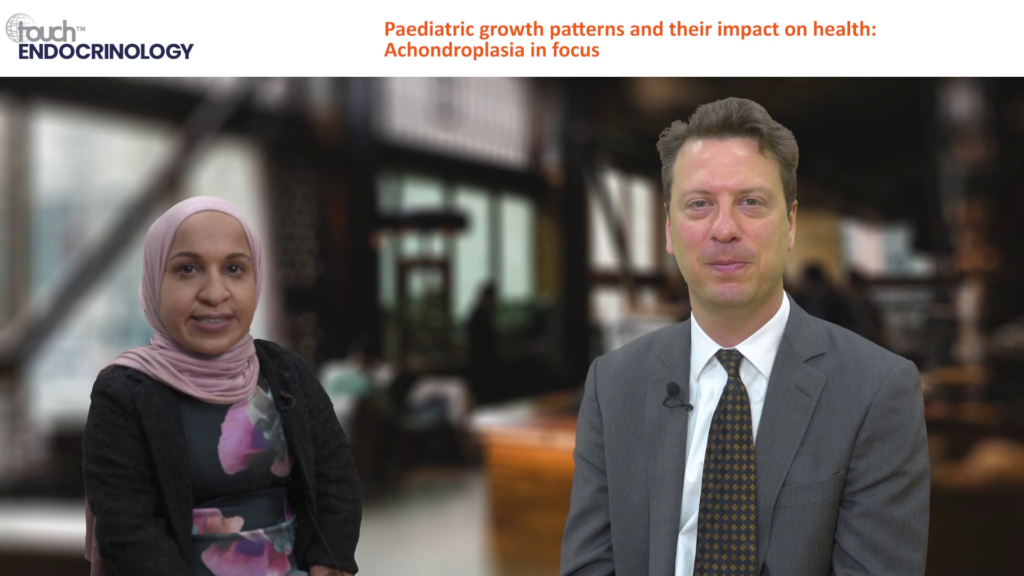
Watch experts in paediatric endocrinology discuss the physiology of normal and abnormal bone growth, and the assessment and treatment of achondroplasia.





touchENDOCRINOLOGY were delighted to catch up with Dr. Andrea R. Genazzani (International Society of Gynecological Endocrinology and European Society of Gynecology) to discuss the health burden of osteoporosis in post-menopausal women and how HRT could be used as a prevention ...

We were delighted to talk with Dr Michael R. McClung (Oregon Osteoporosis Center, Portland, OR, USA) around the current unmet needs and standard of care for osteoporosis and the therapeutic targets currently being investigated that could lead to new drug ...
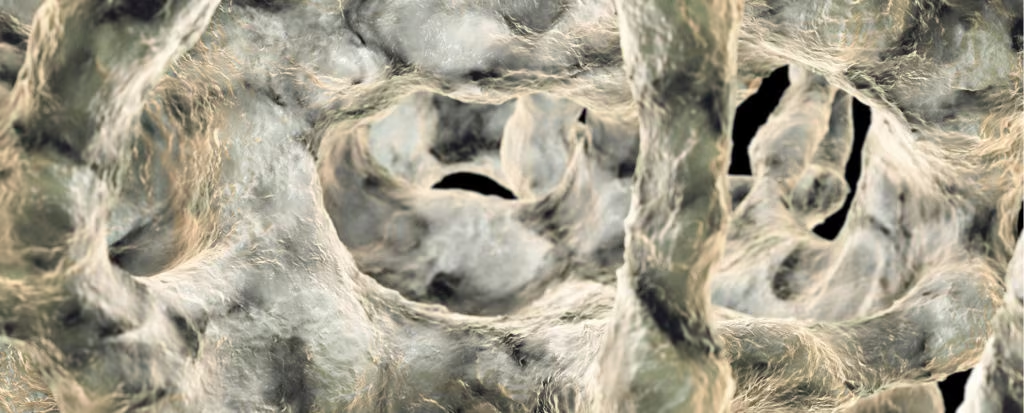
Renal tubular acidosis (RTA) is characterized by the impaired ability of the kidneys to absorb filtered bicarbonate or to excrete titrable acid in urine.1 It manifests as normal anion gap (hyperchloremic) metabolic acidosis. RTA may be of four types: type 1 (...
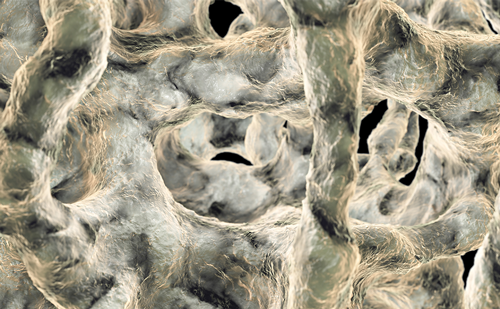
Osteoporosis is a major health issue, affecting around 200 million women worldwide. Although osteoporosis is typically associated with women, it is also diagnosed in men; one in three women over age 50 will experience osteoporotic fractures, as will one in five men ...

As the population ages, the need to promote good musculoskeletal health throughout the lifecourse increases. Physical activity and adequate nutrition are known to be beneficial to bone and muscle at all ages; individually the benefits of physical activity and inadequate ...

Disorders related to bone health are commonly seen in clinical practice in India. The most common conditions are vitamin D deficiency-related disorders (rickets, osteomalacia), followed by osteoporosis, hyperparathyroidism, endocrine osteopathies, and impaired bone health associated with systemic diseases.1–3 Vitamin ...

Diabetes mellitus has been associated with decreased bone quality and higher risk of fractures in several studies.1–3 Patients with type 1 diabetes have lower bone mineral density and patients with type 2 diabetes have an increased risk of fracture despite normal ...
Latest articles videos and clinical updates - straight to your inbox
Log into your Touch Account
Earn and track your CME credits on the go, save articles for later, and follow the latest congress coverage.
Register now for FREE Access
Register for free to hear about the latest expert-led education, peer-reviewed articles, conference highlights, and innovative CME activities.
Sign up with an Email
Or use a Social Account.
This Functionality is for
Members Only
Explore the latest in medical education and stay current in your field. Create a free account to track your learning.




